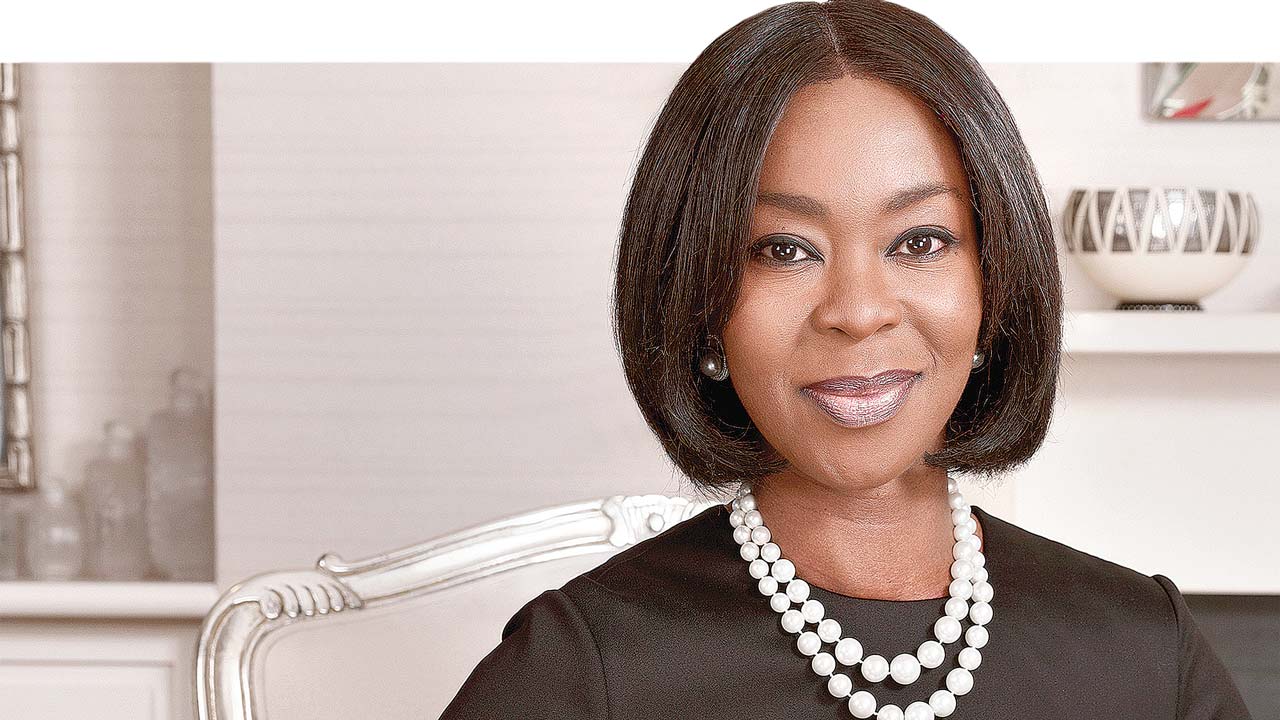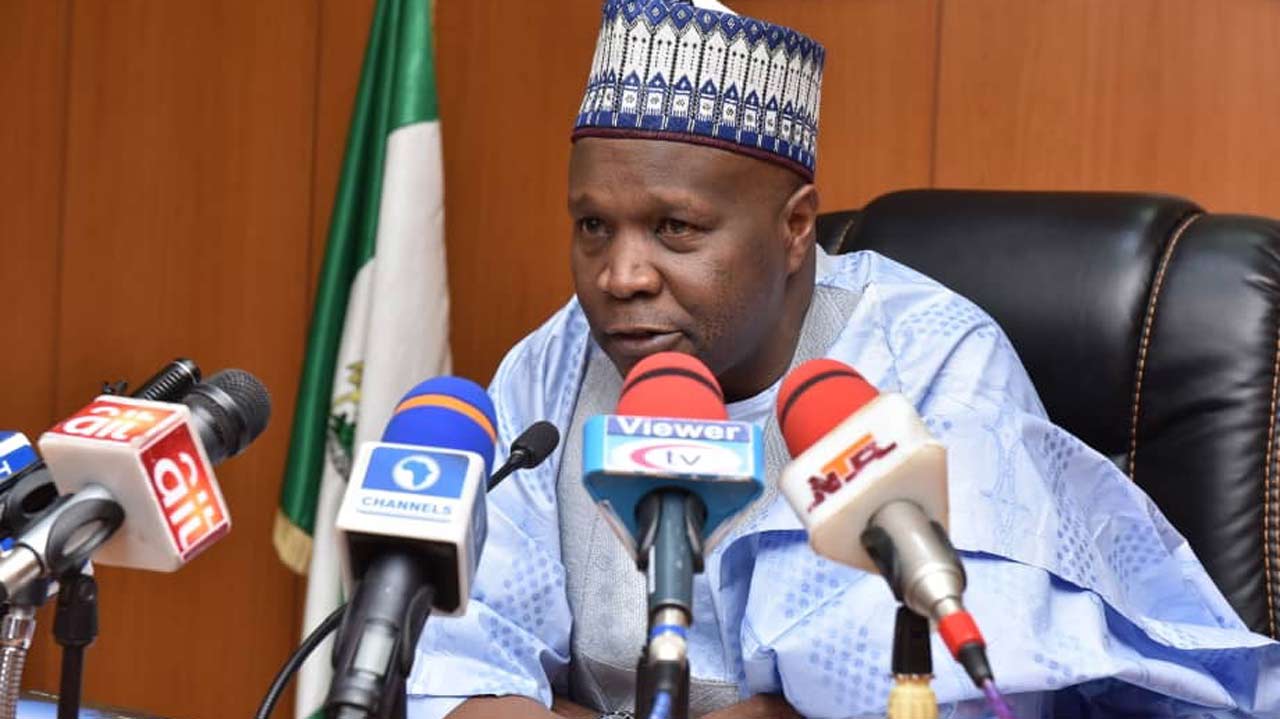
In this interview with The Guardian’s IFEANYI IBEH, Obiajuru Triumph Nwadiokwu, a healthcare innovator speaks about using technology and data to improve patient care, accessibility, and policy impact.
Can you introduce yourself and tell us about your work in healthcare innovation?
My name is Obiajuru Triumph Nwadiokwu, and my background is in technology and healthcare research. I focus on how data can enhance patient care, streamline healthcare processes, and inform better decision-making. I have worked on projects that tackle gaps in healthcare access, ensuring that technology-driven solutions address real-world challenges in an impactful way.
What Impact Did Working with Dr. Seymour at the Center for Health Disparities have on your perspective on healthcare challenges, Obiajuru Triumph Nwadiokwu?
Working with Dr. Seymour as a Research Associate has been an eye-opening experience, helping me understand the complexities of public health and the role of research in healthcare decision-making. Each week, we analyzed healthcare data, identifying trends that guided policy discussions and community interventions. To ensure our research had real-world impact, we shared our findings on NEWS4JAX, Jacksonville’s top news platform, so communities could access relevant health insights.
How did your research methodology contribute to these findings?
Our approach followed a structured methodology that involved real-time data collection and analysis. We examined health indicators, studied patterns in patient data, and identified key risk factors affecting community health. By incorporating geospatial mapping and statistical models, we were able to pinpoint high-risk areas and better understand how healthcare disparities manifest in different populations.
What are some of the key findings from your research so far?
One of our significant findings has been the correlation between seasonal allergen spikes and increased emergency room visits for respiratory issues. We have also observed disparities in exposure levels based on geographic and socioeconomic factors, emphasizing the need for targeted public health interventions. Our data suggests that urban areas with high vehicular emissions tend to experience elevated allergen levels, exacerbating conditions such as asthma and bronchitis.
How did this foundation in research and data-driven analysis influence your contributions as a Stanford University Innovation Fellow?
At Stanford, I was able to refine my approach to problem-solving by applying design thinking to healthcare challenges. My work focused on patient-centered solutions, particularly in digital health systems that improve engagement and accessibility. One of the key projects I worked on involved streamlining patient data management to improve coordination among healthcare providers. This reinforced my belief that technology should be designed to directly address patient needs while also supporting healthcare professionals.
Given your focus on accessibility, how does this align with your work as a Yale University PATHS Fellow?
At Yale, my research centered on bridging the gap in healthcare accessibility, particularly for underserved communities. I analyzed how socioeconomic and systemic barriers contribute to disparities in healthcare services. This work allowed me to engage with policymakers and healthcare professionals, ensuring that data-driven solutions could be translated into meaningful changes in healthcare delivery.
What steps are you taking to ensure your research translates into practical healthcare improvements?
Currently, I am expanding my work into predictive healthcare analytics. By integrating machine learning models, I aim to develop tools that enhance early detection and intervention strategies. Collaboration with healthcare institutions and policymakers will be critical to ensuring that research leads to tangible improvements in patient care.
What advice would you give to individuals looking to contribute to healthcare innovation?
Stay focused on impact. The best healthcare solutions are those that are designed with both patients and healthcare providers in mind. Engaging with real-world challenges, leveraging data to drive decision-making, and collaborating across disciplines are key to making meaningful contributions. Most importantly, never lose sight of the fact that healthcare innovation is ultimately about improving lives.






